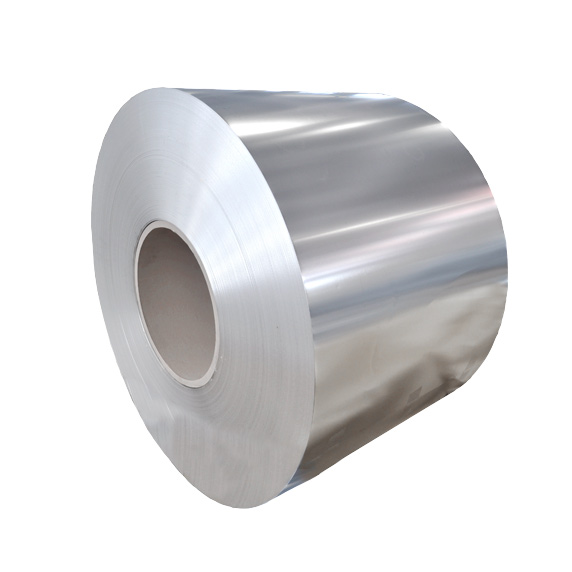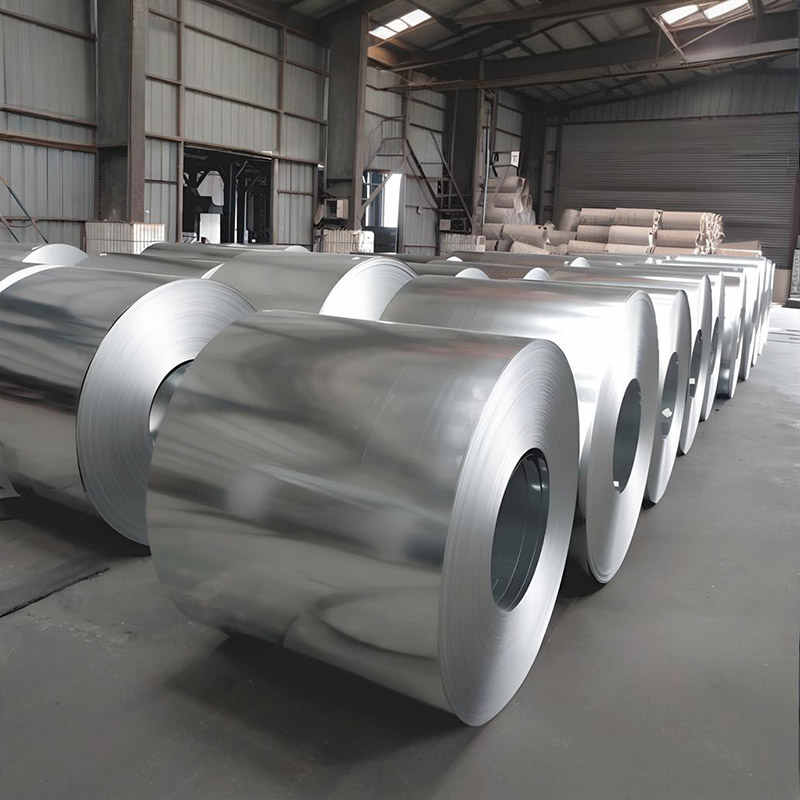Premium Quality Hot-dipped Tinplate Coils for Industrial Applications
In today’s competitive industrial landscape, the materials we choose can significantly impact product quality, safety, and sustainability. But what exactly makes hot-dipped tinplate coils the preferred choice for many manufacturers? And how can businesses ensure they’re sourcing premium quality materials that meet their specific requirements?
Hot-dipped tinplate coils are steel sheets coated with a thin layer of tin through a hot-dipping process. This creates a unique tin-iron alloy that combines the strength of steel with the corrosion resistance and aesthetic appeal of tin. The premium quality of these coils is determined by several factors: precise coating thickness, uniform surface finish, excellent formability, and superior corrosion resistance. These characteristics make them indispensable in industries where product integrity and longevity are paramount.
The industrial applications of premium hot-dipped tinplate coils are remarkably diverse. In the food and beverage sector, they are the material of choice for cans, lids, and containers, ensuring product preservation and safety. The tin coating acts as a barrier against oxygen and moisture, extending shelf life while maintaining flavor and nutritional value. Beyond food packaging, tinplate coils find extensive use in chemical containers, automotive components, electronic housings, and artistic metalwork. Their versatility allows for deep drawing, bending, and forming without compromising structural integrity.
Manufacturing premium hot-dipped tinplate coils requires stringent quality control at every stage. The base steel must be meticulously cleaned before the hot-dipping process to ensure optimal tin adhesion. The coating thickness, typically ranging from 0.5 to 15 microns, must be precisely controlled to balance protection with material economy. Advanced manufacturers employ laser welding and precision slitting techniques to deliver coils with impeccable edge quality and dimensional accuracy.
One of the most significant advantages of using hot-dipped tinplate is its exceptional recyclability. Tin is a valuable material that can be recovered and reused without loss of quality, making tinplate an environmentally sustainable choice. As industries increasingly prioritize circular economy principles, the recyclability of tinplate becomes even more valuable.
When sourcing premium quality tinplate coils, manufacturers should look for suppliers with robust quality certifications, comprehensive testing protocols, and a proven track record of consistency. It’s essential to verify that the coils meet relevant industry standards such as ASTM A624 or EN 10203 for coating weight, ductility, and surface finish.
Looking ahead, innovations in coating technologies continue to enhance the performance of tinplate coils. New alloy compositions, thinner coatings with equivalent protection, and improved surface treatments are expanding the possibilities for tinplate applications. These developments promise to further solidify tinplate’s position as a premium material for industrial applications while addressing sustainability concerns.
In conclusion, premium quality hot-dipped tinplate coils represent a perfect marriage of functionality, durability, and versatility. By understanding their characteristics, applications, and quality indicators, manufacturers can make informed decisions that enhance their product offerings while meeting the evolving demands of their industries.



